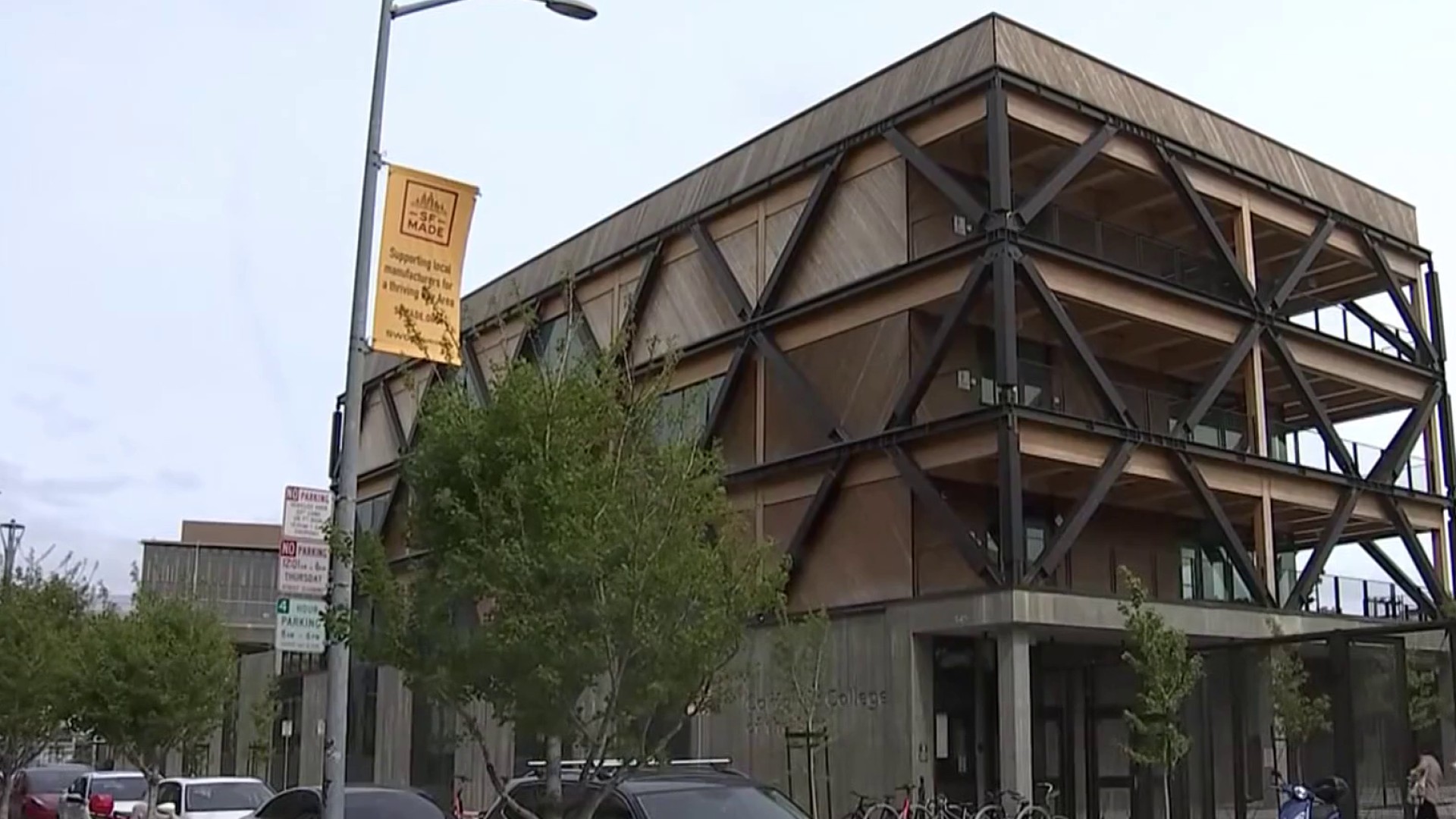In this edition of Reality Check, Sam Brock examines the claim that like major projects before it, high-speed rail in California can and will be built.
Transformative public works projects in California’s history have shown a tendency for rough starts.
In some cases, those projects have been delayed years or even decades for a whole spate of reasons: Lawsuits, ballooning costs, right-of-ways, easements, pushback from wealthy communities, environmental clearance and, of course, politics.
Are those obstacles simply the price of change in California?
High-speed rail organizers currently beset with a combination of issues certainly hope so.
Donald MacDonald, architect of the eastern span of the Bay Bridge, can empathize.
“It was supposed to get done in 4 or 5 years,” MacDonald said, referring to the venture he signed on to in 1997. “But as you know, the politics got involved with Jerry Brown and our [former San Francisco] mayor, Willie Brown, and they had all kinds of concessions they wanted and mitigation measures.”
The Bay Bridge’s eastern span finally assumed its soaring spot in the city skyline in September, some 16 years after the state legislature passed a bill funding a replacement bridge, and at roughly six times the original cost estimate.
Local
MacDonald says such a high-profile project can be slowed down in any number of ways, from tug-of-wars over design, innovations and peer review panels to drilling rights and gubernatorial intervention.
The architect added that in 2004, then-Governor Arnold Schwarzenegger set back the whole process years by scrapping the signature span on account of its cost.
“The politics in California, as you probably know on high-speed rail and things like that are quite devastating,” MacDonald said. “You might say, in a sense, that it doesn’t let us progress toward better things for society, and there are a lot of individuals involved.”
Efforts to launch the Golden Gate Bridge back in the 1930’s were equally riddled with roadblocks.
Rod Diridon, a transit expert and former chairman of the High-Speed Rail Authority, recalled how lawsuits and cost overruns seemed to doom the iconic bridge then, too.
“The Golden Gate Bridge in 1930 had 2,300 lawsuits against it,” Diridon explained. “2,300 individual lawsuits against it! The California high-speed rail project, there are only 8 lawsuits against the project.”
The funding needed to build the Golden Gate also seemed insurmountable, Diridon said.
“The price tag on that in dollars from those times was mind-boggling,” he recalled. “By the time they got done doing full engineering, the price tag had gone up dramatically - couple of hundred million dollars!”
Flashing a smile, Diridon quipped, “goodness, a couple of hundred million dollars, in 1935 that was a few bucks.”
Actually, according to the statistics posted by the Golden Gate Bridge’s Highway and Transportation District, the cost to build the bridge in today’s dollars (as of 2003) would be $1.2 billion.
Assuming some inflation over the last decade, even a cost of $2 billion or more would still pale in comparison to what the final tab figures to be for high-speed rail.
Conservative estimates have the rail project pegged at around $70 billion, with some studies showing cost estimates well in excess of $100 billion.
And the high price point is only one place where high-speed rail diverges from other generational projects, according to critics.
Michael Brady, a Redwood City attorney representing several of the plaintiffs suing the High-Speed Rail Authority, says the only reasonable modern-day comparisons to high-speed rail are the Boston Big Dig and the Bay Bridge project.
“The Boston Big Dig, the estimate was $3 billion and it turned out to be $22 billion in costs,” Brady said. “The Bay Bridge turned out to be six times bigger than the estimates.
Both projects just went wild with lack of oversight and no control over the costs.”
This time around, however, Brady says taxpayer dollars won’t come so freely.
That’s because the 2008 ballot measure that paved the way for high-speed rail in California, Prop 1A, contained numerous requirements and criteria that keep the nearly $10 billion in taxpayer bonds under tight watch.
“The legislature had to sell this to the voters,” Brady explained. “So the voters…needed to be reassured that *this time would be different. Their funds would not be at risk. There would be no financial risk to the state.”
One such protection requires the California High-Speed Rail Authority, or CHSRA, to demonstrate in court it can pay for the first operational segment of the route.
The 300-mile span from Merced to the San Fernando Valley carries an estimated cost of $31 billion. Right now, the CHSRA has identified about $6 billion for the ‘first construction segment’ from Madera to Bakersfield.
Brady says the law also prohibits the agency from using any government money to pay for operational costs.
“There is no railroad in the world or this country that operates without a government subsidy,” he said. “That’s just unheard of.”
Diridon rejects the premise of government subsidies, stating that high-speed rail will be making money and not vacuuming it up.
Where does this leave us?
California has a historically-expensive project which is guarded by unprecedented protections on taxpayer dollars.
Still, both MacDonald and Diridon concur that there is a certain ‘inevitability’ involved with high-speed rail as California’s transportation needs grow.
“The Bay Bridge only came about when there were about 27 ferry boats ferrying people all over the Bay,” MacDonald noted. “And they got up to 40,000 cars a day and they decided they needed a bridge! That’s the way things usually work.”
Diridon, likewise, pointed out that the current highway and airport infrastructure is not set up to support California’s burgeoning population for much longer.
The California Department of Finance estimates the state’s population will break 50 million people by 2050.
“What happens when that occurs?” asked Diridon. “Are you going to build two more international airports so people can zoom back-and-forth using commuter airlines? It has to happen, otherwise California is out of business.”



